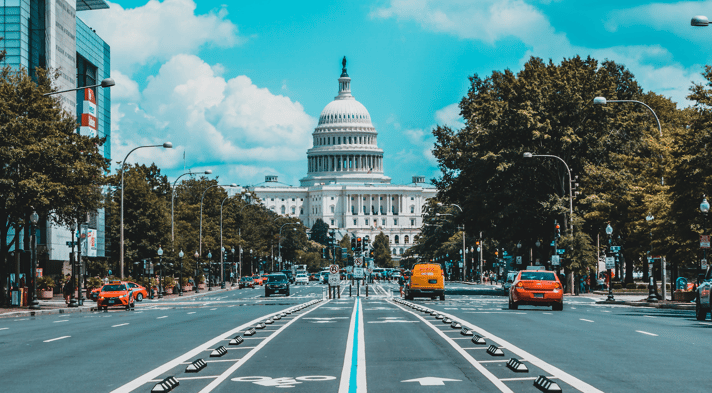As the early months of 2018 unfold, it’s evident that citizens are embracing their constitutionally-protected right to grassroots lobbying. Empowered citizens are giving rise to a tidal wave of political activism through marches, protests, social media movements and grassroots organizing. Just as citizen-to-citizen advocacy is undergoing dramatic transformation thanks to technology, political advocacy in the private sector is adapting to the current activist landscape as well. Companies are increasingly under pressure from consumers to engage in social policy dialogue. Here are 4 trends we expect to see shaping how companies engage in advocacy in 2018:

1. C-Suite Advocacy. Companies who embrace political engagement as a function of their social responsibility will need to approach advocacy from multiple angles. As this article in the Nonprofit Quarterly points out, CEOs are recently taking public stands on political issues - which is revolutionary. Historically, corporate political involvement has been conducted through traditional lobbying and in the halls of government. However, the changing role of advocacy - in both practice and importance - is invigorating C-suite participation in private sector activism.
2. Public affairs as a integral component to company-led advocacy. In the technologically-driven world we live in, disseminating strategic communications through digital media is necessary to support advocacy goals. Gone are the days when political advocacy was seen solely as a responsibility for the government relations department - today, the government relations team and the public relations/communications team must work in tandem to ensure the success of an advocacy campaign. The messaging and graphic design of advocacy content plays a large role in driving public awareness of an issue and increasing odds that decision-makers pay attention.
3. Data-driven advocacy efforts. Groups engaged in policy advocacy have long been curating valuable data to improve how they tailor advocacy campaigns to their target audience. When leveraged with integrity, data advances grassroots programs by allowing advocacy professionals to accurately deliver key messaging to the right constituents. We expect to see private sector groups embracing micro-targeting.
4. Coalition-building for coverage. In an age of tremendous political polarization, we expect to see more and more companies taking a stand on legislative and regulatory items through the voice of coalitions. Joining a coalition is a clever engagement tactic for companies for several reasons, but perhaps the three biggest benefits to influencing policy through a coalition are 1) coalitions made up of diverse entities have a greater chance at achieving victory, 2) any public backlash against the coalition don’t focus on one company’s involvement (most likely) and 3) a company can throttle to what extent its brand will be used as a tool for the coalition’s public image (a lead partner or a hidden member). In late October 2017, dozens of prominent (primarily) technology companies established a formal alliance, the Coalition for the American Dream, to seek to influence immigration policy. The expression strength in numbers rings true when it comes to exerting influence through a coalition.